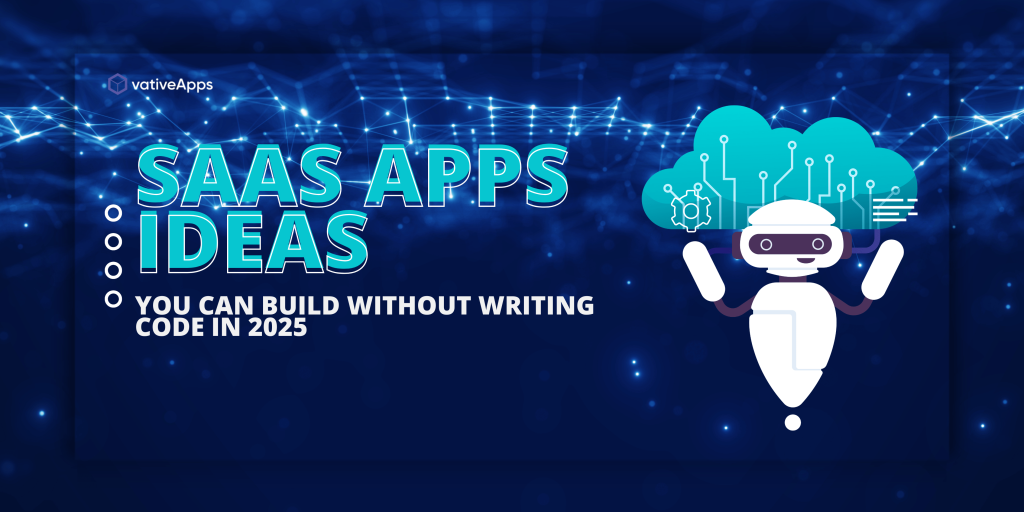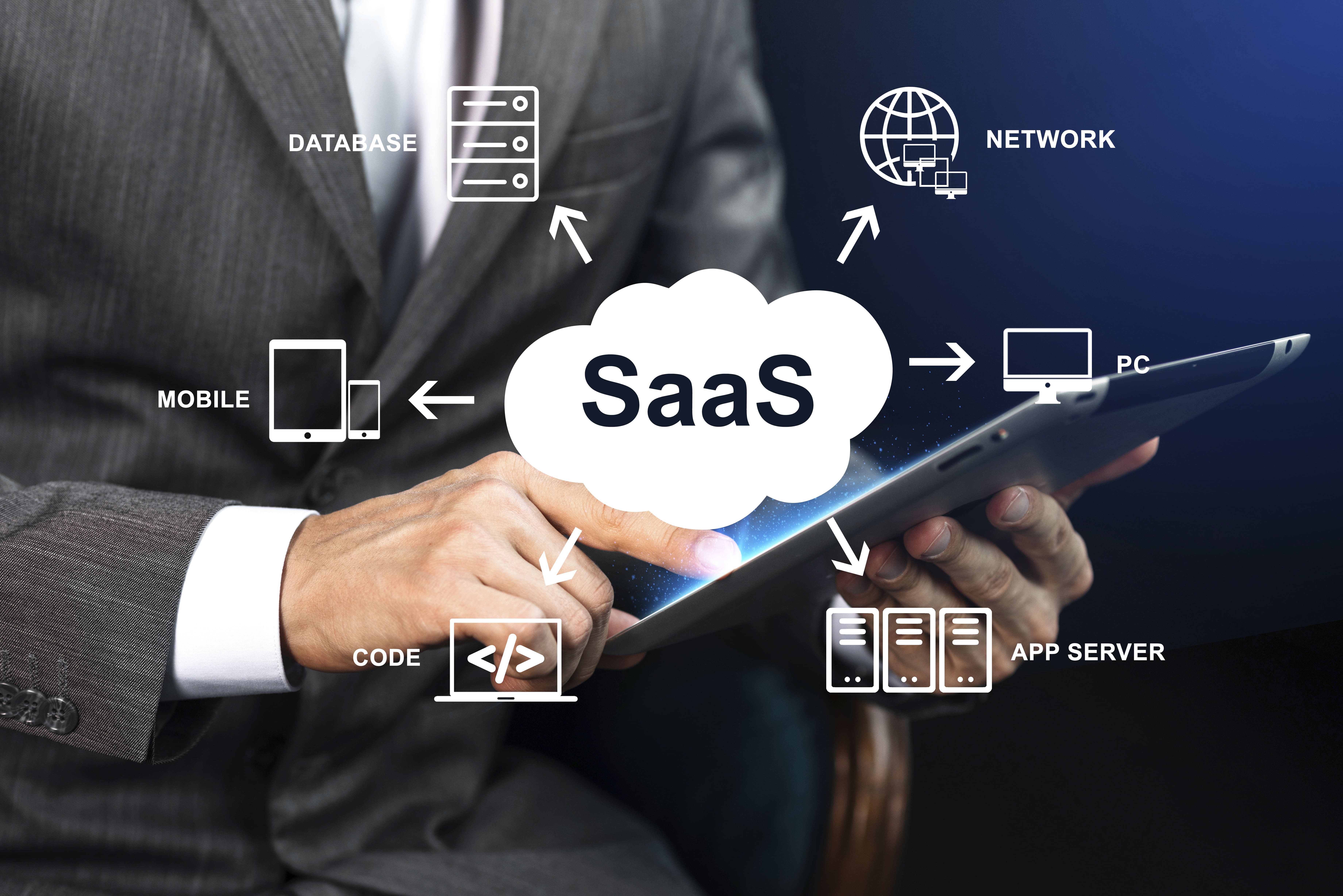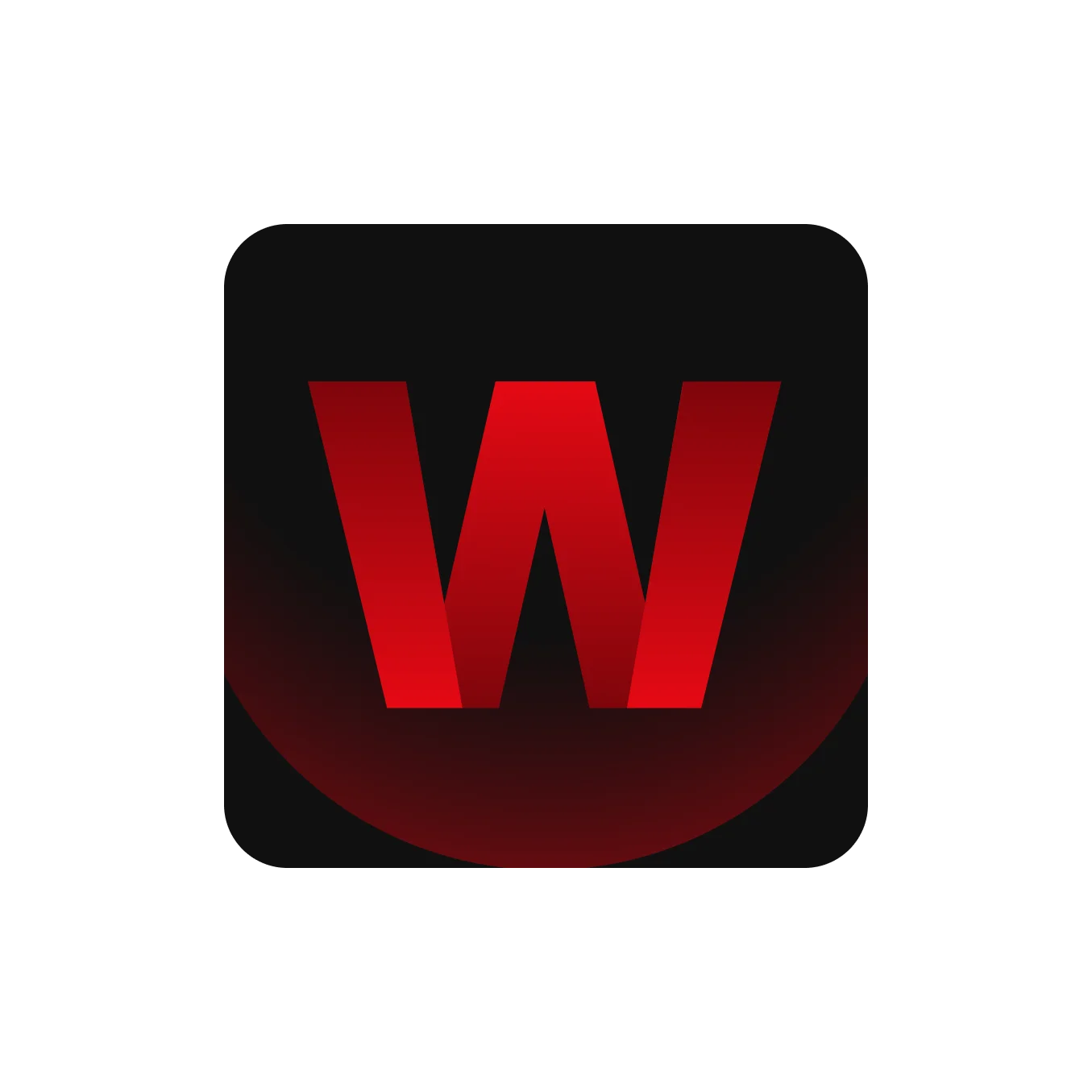
What Is SaaS? And Why Is Everyone Talking About It?
SaaS – Software as a Service, is more than just a trendy technology term these days, some of them are frequently used tools in our digital life and powered by it. Lets say Loom, Figma, Slack, Notion, Canva & Grammarly these apps can be used in our daily life routine but not frequently (weekly you can say), if not daily and we are paying to them on a Monthly basis because they function simply.
The most interesting part is that you don’t need a lot of money to develop or to create your own SaaS application. You may develop something that the audience will actually pay for, if you have an idea, and ability to resolve issues. Welcome to the modern world to generate constant recurring revenue.
At vativeApps, we truly believe in the importance of practical implementation. In this blog you may come to know what SaaS is?, why it matters?, and how to begin thinking like an aspiring Founder of your own Firm.
Reason Behind the Popularity of SaaS
SaaS changes the way of life such that the people subscribe rather than to pay once and be away. Monthly or Annually fees can be paid for Cloud based Software that is always up-to-date, bug fixing, and operational. No downloads or IT hassles required.
Recurring revenue is the secret factor for entrepreneurs that build once. Customers will stay loyal to your application, longer if it provides more value, and SaaS is the key to convert side projects into successful enterprises.

What Separates a Solid SaaS Idea from a Flop?
Before you jump into building mode, ask: Is this worth turning into a business? The strongest SaaS products have these five things in common:
- Market Demand – Are people struggling with a clear problem? Are they already paying for similar solutions?
- Recurring Revenue – Monthly/annual subscriptions = long-term growth and financial predictability.
- Customer Retention – Great SaaS tools solve essential problems. If it’s hard to live without, users won’t leave.
- Scalability – Can your product support 10 users… and then 10,000, without rebuilding from scratch?
- Low Maintenance – Once your app is live, ongoing costs should be relatively low. Focus on growth, not constant fixes.
Sources of Great SaaS Ideas in 2025

You can create the next big thing without becoming a Silicon Valley expert. The majority of exceptional SaaS products are the result of addressing actual issues. To get the more identifications, follow these steps:
- Solve Your Own Problem – If you’ve said, “Why isn’t there an app for this?”… that’s your idea waiting.
- Use Industry Know-How – Your work experience is gold. You’ve seen inefficiencies others overlook.
- Go Where People Vent – Reddit, X (Twitter), Indie Hackers, Product Hunt—people are always posting what annoys them. That’s research.
- Niche Down a Big Idea – Take a popular SaaS (like CRM) and specialize it. Example: CRM for fitness studios, dog groomers, or tattoo shops.
- Automate the Tedious Stuff – If someone’s still using Google Sheets or Notion templates for a manual task, there’s probably a SaaS product waiting to be built.
Important Features Your SaaS Application must have
Any product’s execution affects its success or failure. Your SaaS must have a professional, trendy and trustworthy feel. This implies;
- A Clean, Intuitive UX – If your app feels outdated or confusing, users will bounce fast.
- Mobile Responsiveness – People work from phones. Don’t build desktop-only software.
- Helpful Onboarding – First impressions count. A good walkthrough = higher engagement.
- Integrations That Matter – Your users already use tools. Make it easy for your app to talk to theirs.
- Actionable Analytics – Users need dashboards that show results. Numbers drive value.
Business Models That Work in SaaS
The way you charge shapes how people use your product. Here are a few proven models to explore:

- Freemium – Offer core features for free, with paid upgrades for power users.
- Usage-Based Pricing – Pay as you go. Great for APIs, cloud services, or anything metered.
- Tiered Plans – Common in B2B. Offer different levels for startups, growing teams, and enterprises.
- White Labeling – Let agencies rebrand and resell your SaaS under their own name.
5 Profitable SaaS App Ideas you can Launch in 2025
The SaaS business model is more than just a trend—it’s the backbone of some of the fastest-growing, most scalable startups today. Whether you’re a solo founder building from your living room or a small team with a shared vision, SaaS gives you the power to launch products that generate predictable, recurring revenue without the overhead of physical inventory or complex logistics. The beauty lies in its simplicity: build once, sell repeatedly, and scale digitally.
In 2025, SaaS is expected to grow even more as industries continue to digitize, automate, and streamline their workflows. From productivity tools and business automation to niche platforms that solve ultra-specific problems, there’s still plenty of room for new players to innovate. The key? Find a real problem, serve a specific audience, and keep the user experience frictionless.
So if you’re planning to build a product this year, here are 10 profitable SaaS app ideas that are not only in demand—but also realistic, sustainable, and capable of turning your concept into long-term cash flow.
1. AI-Powered Resume Builder
Job search sometimes becomes more stressful, time consuming and sometimes confusing especially when it comes to creating a “Perfect Resume”. The majority of people overthink about the format, under-sell their skills, or waste their important hours tweaking the document for every single application. That’s where an AI-powered resume builder steps in which simplifies the process and makes applicants look better and faster.
Integrate with platforms like LinkedIn for fast data imports, or allow users to store multiple resume versions for different roles. Think Grammarly + Canva, but for personal branding.

Ideal Users:
- College grads entering the job market
- Professionals switching industries
- Freelancers trying to land gigs
- Career coaches or resume consultants (via white-label or team access)
Why It’s Profitable:
Resumes are never “and and done” whereas the employment market changes day by day. The process is restarted with each change in career, promotions, or job search. With little overhead and significant viral potential, an AI-driven resume tool meets a high stakes, high repeat user requirement, particularly when job seekers begin sharing their updated resumes.
2. Management Platform for Freelancers
As freelancing has become more popular, chaos has followed. In order to handle clients, billings, contracts, assignments and deadlines, the majority of independent contractors juggle various tools. It is prone to mistakes, time consuming and fragmented. An essential daily tool can be an united, user-friendly platform that manages the business side of freelancing.
Bonus features? A client portal, branded document templates, and recurring billing for retainer clients.
Target Users:
- Freelancers in design, writing, marketing, development, and consulting
- Small creative teams or solopreneurs
- Side hustlers scaling their business
- Coaches, consultants, and virtual assistants
Why It’s Profitable:
The freelance economy is expanding Globally, as more professionals choose flexible working hours over 9 to 5 job timings. These customers are prepared to pay a monthly fee for products that help them get paid more quickly, save time, and give them a professional appearance. If they use your platform as their daily “mission control,” word-of-mouth spreads quickly and churn remains low.
3. Automated User Feedback Analysis
To get the feedback from any customer for any sort of platform, service or product is very essential to build the trust for other customers as well as. Even so, it is difficult, inconsistent, and often ignored to manually assess support tickets, app reviews, survey answers, and social mentions. An automatic feedback analyzer can help with that by converting unprocessed input into understandable, useful insights without the need for manual labor.
This tool automatically collects, categorizes, and analyzes customer feedback from multiple sources—think support chats, NPS surveys, app store reviews, and even social media mentions.
Who Needs This?
- SaaS startups and product teams
- Customer support and CX departments
- Marketing teams tracking brand sentiment
- B2B platforms that rely on user feedback loops
- Agencies managing client software projects

Why It’s Profitable:
User feedback is very valuable but most businesses lack the time and resources necessary to sort it properly. You may give teams a significant advantage in product development, customer satisfaction, and retention by providing a plug-and-play solution that enables them to comprehend users at scale. Additionally, feedback data is continuous, so your product becomes a part of their continuous process.
4. Platform for Remote Team Culture
Remote work is here to stay although remote culture is becoming a disaster these days. Team bonding, informal discussions and corporate customs vanish when teams are separated on different locations and fall on different time zones. Employee disengagement, misunderstandings, and “just a job” mentality result from this. It is more important to have a specialized platform that keeps remote employees engaged, valued and synchronized.
Integrate an AI culture assistant that suggests engagement activities based on team mood, feedback trends, or seasonal events.
Target Users:
- Remote-first startups and tech companies
- Hybrid organizations with distributed teams
- HR and People Ops managers
- Agencies with global contractors
- Companies focused on DEI and retention
Why It’s Profitable: Companies are investing more in employee experience—especially as they try to retain top talent remotely. Tools that boost happiness, reduce burnout, and reinforce shared values are no longer “nice-to-haves”—they’re essential. If your platform helps a remote team feel like a real team, it becomes part of their long-term culture stack.
5. Influencer CRM for Small Brands
Although influencer marketing is growing, small firms frequently use disorganized spreadsheets, countless direct messages, and jumbled notes to manage their creative partnerships. Monitoring discussions, deliverables, payments, and performance becomes too much to handle when influencer initiatives grow in size. A specially designed Influencer CRM can help with that.
From outreach to reporting, this platform helps small and mid-sized organizations manage and maximize their influencer connections in a single, user-friendly dashboard.
Add-on bonus: A Chrome extension to auto-save influencer profiles from Instagram, TikTok, or YouTube.
Who It’s Built For:
- Small eCommerce brands running influencer campaigns.
- DTC startups.
- Marketing freelancers and agencies.
- Boutique PR firms and content managers.
- Creators managing collaborations from the brand side.
Why It’s Profitable:
The influencer economy continues to grow, especially in niche markets and local communities. While big brands use enterprise platforms, smaller players are underserved and eager for simple, effective solutions. An Influencer CRM that’s priced right and easy to use can quickly become a must-have for teams that rely on social proof to grow.
How do you Avoid the Fail SaaS Apps in 2025?
In 2025, the SaaS model is still very popular. Thanks to low-code tools, reasonably priced cloud infrastructure, and the hope of passive recurring money, startups, solo entrepreneurs, independent hackers, and even corporate spin-offs are creating subscription-based apps at an unprecedented rate. It appears to be a gold rush at first glance. The harsh reality is that most SaaS apps won’t survive past the first year. Many burn out before reaching even 100 paid users.
Why? Building has never been simpler, but it has never been more difficult to create something that people genuinely want and are prepared to pay for. The market is oversaturated. Expectations from users are really high. Additionally, your product will be lost in the shuffle unless it provides a better solution to a glaringly obvious and unpleasant problem than current tools.
Final thoughts from vativeApps
SaaS is still one of the most powerful business models out there, but the bar is higher than ever in 2025. Users expect instant value, clean design, and tools that work well with others.

If you want to avoid becoming “just another SaaS,” focus on solving real problems, narrowing your niche, and staying relentlessly user-focused.
At vativeApps, we help founders go from fragile ideas to fully functional, scalable SaaS products. Whether you’re just sketching things out or ready to build, we’ll help you avoid the mistakes that sink most startups—and bring your vision to life.
 OTT App Development
OTT App Development


